Rug Edging and Binding: The Finishing Touch

In the realm of interior décor, every detail contributes to the aesthetic and function of your space. While rugs serve as the foundation, there is an aspect that often goes unnoticed but is crucial: the finishing of a rug. Understanding the importance of rug edging and binding can significantly impact your rug’s durability, appearance, and maintenance.
This subtle yet vital feature can make all the difference, whether you're looking at popular rugs or specific styles like Scandinavian or Moroccan.
The Underrated Hero of Rug Durability
When you purchase a new rug, it's easy to be captivated by its unique patterns, beautiful colours, or varied textures, from living room rugs with luxurious feels to outdoor rugs made for durability. However, what often escapes the buyer’s eye is the type of rug finishing. A well-bound rug ensures longevity, preventing the edges from fraying over time. It's especially important for high-traffic areas where washable rugs or doormats are placed, as they undergo regular wear and tear.
Exploring Various Binding Options
Binding options are plentiful, each bringing a unique aesthetic and functional element to your rug. The most common binding methods include: standard, serging, fringing, and wide biding.
Standard Binding: Fabric or synthetic tape is sewn along the edge, providing a neat look. This method is prevalent for many categories, including bedroom rugs, where softness underfoot is vital.
Serging: This technique involves wrapping yarn around the edge, creating a spiral look. It's common in various styles, including Scandinavian rugs and abstract rugs, emphasising their modern edge.
Fringing: Though not a binding method per se, fringes (threads that hang off each vertical end of the rug) can enhance the traditional appeal, often complementing Moroccan rugs beautifully.
Wide Binding: Similar to standard binding but with a broader visual of the tape, wide binding is often found in specific design-oriented collections, such as white rugs, adding an outline that pops.
Aligning Binding with Rug Function
It’s imperative to match the binding to the rug's purpose. For instance, bathroom rugs and kitchen rugs benefit from standard binding, as they withstand moisture and frequent cleaning. In contrast, high-pile options in the living room might opt for serging to maintain the rug fibers’ plush feel.

Size Matters: Custom Binding for Unique Rug Sizes
For those who own oversized rugs or unique shapes like circular small rugs, custom binding ensures the edges are professionally finished, extending the rug's life. Whether you have large rugs that define your living space or medium rugs in cosier areas, selecting the right edge finish is paramount.
Maintenance of Rug Edging
Proper care extends beyond regular cleaning, involving close inspection of the rug’s edges, especially for cheap rugs that might not have high-quality finishing. Areas with fraying indicate the need for repair or reinforcement, common in well-loved green rugs or brown rugs that see frequent use.
Making an Informed Decision
When it’s time to decide, considering the décor style is vital. Beige rugs in a minimalist space might require a subtle standard binding, while black rugs in a luxurious setting could demand fringing for an opulent feel. Always align your choice of edging with both aesthetic desire and practical necessity.
While the realm of rugs, from pattern to texture and colour, demands attention, never underestimate the finishing touches. Rug edging is not just a detail but a necessary component that defines the rug’s final look and durability. Whether you’re a fan of bold Moroccan designs or prefer the subtlety of Scandinavian styles, always remember that the beauty of your rug extends right to its very edge.
Discover an extensive range of rugs with various binding options at The Rugs. Our collection promises quality and aesthetic appeal, catering to all tastes and needs. From traditional to contemporary styles, every rug ensures a finishing touch that adds to its charm and longevity.
Rug Edge Binding: Essential Finishing for Longevity and Style
Rug edge binding is a crucial process that enhances both the durability and aesthetic appeal of your floor coverings. This technique involves securing the edges of a rug to prevent fraying and unravelling, ultimately extending the life of your investment. Professional binding can transform raw edges into a polished finish, complementing your rug's design. Options range from subtle, matching bindings that blend seamlessly with the rug to contrasting colours that create a bold border effect. When considering edge binding, factor in the rug's material, usage, and your overall interior design scheme for the best results.

Rug Edge Binding Tape: DIY Solutions for Rug Maintenance
Rug edge binding tape offers a practical DIY approach to finishing rug edges. This adhesive-backed tape is designed to seal and protect the perimeter of your rug, preventing fraying and adding a neat appearance. Available in various widths and colours, binding tape allows you to customise the look of your rug while reinforcing its structure. When selecting binding tape, consider factors such as colour match, tape width, and adhesive strength to ensure compatibility with your rug's material and intended use. While not as durable as professional binding, tape can be an excellent temporary solution or quick fix for less frequently used rugs.
Rug Edge Binding Machine: Professional Tools for Perfect Finishes
A rug edge binding machine is a specialised tool used by professionals to create durable and precise edge finishes. These machines are designed to apply binding tape or fabric strips to rug edges with consistent tension and alignment, resulting in a smooth, professional look. Industrial binding machines can handle a variety of rug materials and thicknesses, making them versatile for different types of rugs. While primarily used in commercial settings, some advanced DIY enthusiasts might consider investing in a smaller, portable binding machine for home use. Professional binding machines ensure long-lasting results that can significantly enhance the appearance and lifespan of rugs.
Rug Edge Binding Near Me: Finding Local Expertise for Rug Finishing
When searching for rug edge binding services in your area, it's important to consider several factors to ensure quality results. Look for experienced professionals who specialise in rug care and maintenance. Many carpet shops, upholstery services, and dedicated rug cleaning businesses offer binding services. When contacting local providers, inquire about their binding techniques, material options, and turnaround times. It's also wise to ask for samples or photos of their previous work to gauge the quality of their finishes. Remember to compare prices, but prioritise skill and reputation over cost alone to ensure your rug receives the best possible treatment.
Rug Edge Binding Services Near Me: Professional Solutions for Rug Care
Professional rug edge binding services offer expert finishing touches to protect and enhance your rugs. When seeking these services locally, look for providers with a strong reputation and extensive experience in rug care. Quality binding services should offer a range of binding materials and colour options to suit various rug styles and personal preferences. Many professionals also provide additional services such as rug repair, cleaning, and customisation. When contacting binding services, be prepared to discuss your rug's material, size, and any specific requirements you may have. A reputable service will offer advice on the best binding options for your particular rug and usage scenario.

Rug Edge Binding Tape UK: British Solutions for Rug Maintenance
In the UK, rug edge binding tape is a popular choice for both DIY enthusiasts and professionals looking to finish rug edges efficiently. When shopping for binding tape in the UK market, consider options that are compatible with British rug styles and materials. Look for tapes that offer strong adhesion and durability to withstand the UK's varied climate conditions. Many UK suppliers offer binding tapes in a range of traditional and contemporary colours to match classic British interiors as well as modern decor trends. When selecting binding tape, consider factors such as width, material composition, and ease of application to ensure the best results for your specific rug and skill level.
Rug Edge Binding Types: Exploring Options for Every Rug Style
Understanding the various types of rug edge binding can help you choose the best finish for your specific rug. Overlock binding, also known as serging, creates a tight, rope-like edge ideal for casual or contemporary rugs. Tape binding offers a flat, neat finish and is versatile for many rug styles. Fringe binding adds a decorative touch, perfect for traditional or bohemian-style rugs. Leather binding provides a luxurious, durable edge suitable for high-end rugs. Fabric binding allows for colour matching or contrasting effects, offering great customisation options. Consider factors such as rug material, usage, and desired aesthetic when selecting a binding type to ensure the best match for your rug and interior design.

Carpet Edging Binding Tape: Versatile Solutions for Floor Coverings
Carpet edging binding tape is a versatile product used to finish the edges of both carpets and rugs, providing a neat and durable border. This type of tape is designed to prevent fraying and add a polished look to cut carpet edges or area rugs. Available in various widths and colours, binding tape can be used to create custom area rugs from broadloom carpet or to refresh the edges of existing rugs. When selecting carpet edging binding tape, consider factors such as colour match, adhesive strength, and flexibility to ensure compatibility with your carpet or rug material. While primarily a DIY solution, some professional carpet fitters also use this tape for quick and efficient edging in certain installations.
People Also Asked
How to bind the edge of a rug?
Binding a rug edge involves wrapping fabric tape around the rug's perimeter and stitching it in place. Use a binding machine or hand-sew for a professional finish. Ensure the binding material complements the rug's color and style.
What is the edging of a rug called?
The edging of a rug is commonly referred to as binding. Other terms include serging, fringing, or bordering, depending on the specific technique used to finish the rug's edges.
How much does it cost to cut and bind a rug?
The cost to cut and bind a rug typically ranges from $2 to $8 per linear foot, depending on the binding material and complexity. Factors like rug size, binding type, and local labor rates can influence the final price.
Is it cheaper to bind carpet or buy a rug?
Generally, binding carpet remnants is cheaper than buying a pre-made rug, especially for custom sizes. However, for standard sizes, ready-made rugs might be more cost-effective when considering time and effort.
How do you secure rug edges?
Secure rug edges by using rug tape, non-slip rug pads, or rug grippers. For a permanent solution, consider professional binding or serging to prevent fraying and ensure longevity.
How to bind carpet edges without sewing?
Bind carpet edges without sewing using self-adhesive binding tape or iron-on binding. These methods provide a quick, no-sew solution for finishing rug edges, though they may not be as durable as sewn binding.
How do you finish the edge of an area rug?
Finish area rug edges by binding, serging, or adding decorative fringe. Choose a method that complements the rug's style and provides adequate protection against fraying and wear.
How to seal the edge of carpet?
Seal carpet edges using liquid seam sealer or hot glue. For a more professional look, use carpet binding tape or have the edges professionally bound or serged.
What is better, binding or serging?
The choice between binding and serging depends on the rug style and intended use. Binding offers a clean, tailored look, while serging provides a more casual, wrapped edge. Binding is often more durable for high-traffic areas.
How are rug edges finished?
Rug edges can be finished through various methods, including binding, serging, fringing, or tape binding. The choice depends on the rug's material, style, and intended use.
What is the edge of a Persian rug called?
The edge of a Persian rug is typically called the border or selvage. Traditional Persian rugs often feature intricate woven borders that are an integral part of the rug's design.
What does carpet binding look like?
Carpet binding appears as a narrow strip of fabric tightly wrapped around the rug's edge. It creates a clean, finished look and is available in various colors to match or contrast with the rug.
Can I bind my own carpet remnant?
Yes, you can bind your own carpet remnant using DIY binding tape or a portable binding machine. However, for a professional finish, consider using a carpet binding service.
How do I get my rug edges to lay flat?
To make rug edges lay flat, use rug corner grippers, double-sided tape, or rug weights. For persistent curling, try reverse rolling the rug or using a steam iron on low heat to relax the fibers.
What are the different types of carpet edging?
Common types of carpet edging include binding, serging, fringing, tape binding, and decorative borders. Each offers a unique look and level of durability for different rug styles and uses.
What is edging on a rug?
Edging on a rug refers to the finished border that prevents fraying and provides a polished look. It can be achieved through various methods like binding, serging, or decorative trim.
What is the edge of an area rug called?
The edge of an area rug is typically called the border or binding. Depending on the finishing technique, it may also be referred to as serging or fringe.
How to bind a rug?
To bind a rug, wrap binding tape around the edge, secure with pins, and sew in place using a sewing machine or by hand. For best results, use a specialized carpet binding machine or seek professional services.
Is carpet binding necessary?
Carpet binding is not always necessary but is highly recommended to prevent fraying, extend the rug's lifespan, and provide a finished look. It's especially important for cut carpet remnants and high-traffic area rugs.
How do I keep the edges of my area rug down?
Keep area rug edges down using rug tape, corner grippers, non-slip rug pads, or rug weights. For a permanent solution, consider having the edges professionally bound or serged.
Is binding or serging better?
The choice between binding and serging depends on personal preference and rug style. Binding offers a clean, tailored look, while serging provides a more casual, wrapped edge. Binding is often more durable for high-traffic areas.
How do you finish the edges of a rug?
Finish rug edges by binding, serging, adding decorative fringe, or using tape binding. Choose a method that complements the rug's style and provides adequate protection against fraying.
How do you seal the edges of a rug?
Seal rug edges using liquid seam sealer, hot glue, or carpet binding tape. For a more professional and durable finish, consider having the edges bound or serged.
How much does it cost to bind carpet?
Carpet binding typically costs between $2 to $8 per linear foot, depending on the binding material, complexity, and local labor rates. Custom sizes or intricate designs may increase the price.
How do you finish the edges of a rag rug?
Finish rag rug edges by hand-sewing a blanket stitch, using fabric binding tape, or crocheting a border. These methods secure loose ends and add a decorative touch to the rug.
How do you fix a rug edge?
Fix a rug edge by re-securing loose binding, applying carpet seam sealer, or re-binding the affected area. For extensive damage, consider having the entire edge professionally rebound.
How do you flatten the edges of a rug?
Flatten rug edges by reverse rolling the rug, using rug weights, or applying heat with a steam iron on a low setting. For persistent curling, use double-sided tape or corner grippers.
What is blocking a rug?
Blocking a rug involves reshaping and stretching it to its original dimensions after cleaning or to correct distortions. This process helps restore the rug's proper shape and ensures it lies flat.
What holds area rug in place?
Area rugs are held in place using non-slip rug pads, rug tape, corner grippers, or rug weights. These solutions prevent slipping and bunching, ensuring safety and maintaining the rug's appearance.
What is rug binding?
Rug binding is the process of wrapping and securing fabric tape around a rug's edges to prevent fraying and provide a finished look. It's commonly used for cut carpet remnants and area rugs.
What do you call carpet edging?
Carpet edging is commonly called binding, but can also be referred to as serging, bordering, or finishing, depending on the specific technique used to complete the rug's edges.
What is serging the edges of a rug?
Serging involves wrapping yarn tightly around the rug's edge using a specialized machine. This technique creates a casual, finished look and helps prevent fraying, particularly suitable for more rustic or informal rug styles.
People Also Asked
What is a nomadic rug?
A nomadic rug is a handwoven carpet created by nomadic tribes. These rugs are typically portable, durable, and feature geometric patterns reflecting the tribe's cultural heritage and natural surroundings.
What is a tribal rug?
Tribal rugs are handcrafted carpets made by specific ethnic groups or tribes. They often feature bold geometric designs and vibrant colors, representing the unique cultural traditions and symbolism of the tribe that created them.
Why is Persia known for rugs?
Persia (modern-day Iran) is renowned for rugs due to its long-standing tradition of carpet weaving, dating back over 2,500 years. Persian rugs are known for their intricate designs, high-quality materials, and superior craftsmanship.
Which ethnic group is well known for the rugs they make?
The Navajo people of the southwestern United States are well-known for their distinctive rugs. Navajo rugs are characterized by their bold geometric patterns, natural dyes, and strong cultural significance.
Did Vikings use rugs?
While Vikings didn't use rugs as we know them today, they did use woven textiles as floor coverings and wall hangings. These were often made of wool and featured simple geometric patterns or narrative scenes.
What is a traditional Iranian rug called?
A traditional Iranian rug is commonly called a Persian rug. These rugs are known for their intricate floral or geometric designs, rich colors, and high knot density, reflecting centuries of artisanal expertise.
How do Persian rugs feel?
Persian rugs typically feel soft and luxurious underfoot. The high-quality wool or silk used in their construction, combined with their dense pile, creates a plush, comfortable texture.
What are rugs from Afghanistan called?
Rugs from Afghanistan are often referred to as Afghan rugs or War rugs. They are known for their rich, deep colors, geometric patterns, and sometimes depict scenes of local life or historical events.
What is the meaning of traveling rug?
A traveling rug, also known as a carriage rug or lap robe, is a small, portable blanket used for warmth during travel. Historically used in horse-drawn carriages, they're now often used in cars or outdoor events.
What is an ottoman rug?
An Ottoman rug refers to carpets produced during the Ottoman Empire. These rugs feature intricate designs, often incorporating floral motifs and geometric patterns, and were highly prized for their craftsmanship and artistry.
What is the difference between a rug and a mat?
The main difference lies in size and purpose. Rugs are typically larger and used to cover more floor space, while mats are smaller and often serve specific functions like wiping feet or providing cushioning in specific areas.
What is a dari rug?
A dari rug is a type of flat-woven carpet originating from India and Pakistan. These rugs are characterized by their reversible design, geometric patterns, and are often made using cotton or a cotton-wool blend.
What makes a rug Turkish?
Turkish rugs are distinguished by their unique knotting technique (Ghiordes knot), vibrant colors, and distinctive patterns. They often feature stylized floral motifs and are known for their durability and rich cultural heritage.
What is the rug called in Islam?
In Islam, the prayer rug is called a prayer mat or sajjadah. It's a small, portable carpet used by Muslims to ensure a clean space for prayer and to provide comfort during prostration.
What is the purpose of a rug?
Rugs serve multiple purposes, including decorating spaces, providing warmth and comfort underfoot, reducing noise, defining areas within a room, and protecting flooring underneath.
Why is it called rug?
The term "rug" comes from the Old Norse word "rogg," meaning a shaggy tuft. It evolved to describe various types of floor coverings, reflecting the long history of using textiles to cover and insulate living spaces.
What are Arab rugs called?
Arab rugs are often referred to as Bedouin rugs or tribal rugs. These rugs typically feature geometric designs, bold colors, and are made using traditional weaving techniques passed down through generations.
Did Vikings have rugs?
Vikings didn't have rugs as we know them today, but they used woven textiles as floor coverings and wall hangings. These were often made of wool and featured simple designs or narrative scenes.
What is tribal rug?
A tribal rug is a handcrafted carpet made by specific ethnic groups or tribes. These rugs often feature bold geometric patterns, vibrant colors, and designs that reflect the unique cultural traditions and symbolism of the tribe.
Why are Persians known for rugs?
Persians are known for rugs due to their centuries-old tradition of carpet weaving, superior craftsmanship, use of high-quality materials, and the creation of intricate, symbolic designs that reflect their rich cultural heritage.
What are rugs made in Iran called?
Rugs made in Iran are typically called Persian rugs. These rugs are renowned for their intricate designs, high-quality materials, and superior craftsmanship, reflecting Iran's long-standing tradition of carpet weaving.
How do you bind the edge of a carpet?
To bind carpet edges, use a carpet binding tape or hire a professional for machine binding. For DIY, measure and cut the tape, apply it with a hot iron, and trim excess material for a clean finish.
How do you seal the edges of carpet?
Seal carpet edges by applying a liquid seam sealer along the cut edges. Use a small brush to work the sealer into the fibers, creating a protective barrier against fraying and unraveling.
How do you finish raw edges of carpet?
Finish raw carpet edges by:
- Using carpet binding tape
- Applying liquid latex to the edge
- Installing metal or plastic edge strips
- Utilizing a serging machine for a professional look
- Employing a hot glue gun for a quick fix
How do you secure carpet edges?
Secure carpet edges with:
- Tack strips along the perimeter
- Carpet adhesive for direct bonding
- Transition strips between different flooring types
- Z-bar for a clean finish against walls
- Double-sided carpet tape for temporary solutions
How to stop carpet edges fraying?
Prevent carpet fraying by:
- Applying carpet binding tape
- Using a liquid fray preventer
- Installing metal edge strips
- Sealing with hot glue
- Professional serging or binding
How do you stick carpet edges down?
Stick carpet edges down using:
- Carpet adhesive for permanent installation
- Double-sided carpet tape for easy removal
- Tackless strips for traditional installation
- Carpet tacks for a classic approach
- Pressure-sensitive adhesive for specific applications
What glue to seal carpet edges?
Use specialized carpet seam sealer or latex-based adhesives to seal carpet edges. For quick fixes, fabric glue or a hot glue gun can work temporarily. Always choose a flexible, waterproof adhesive for durability.
How do you attach carpet to smooth edges?
Attach carpet to smooth edges by:
- Installing tack strips slightly away from the wall
- Stretching the carpet over the tack strips
- Tucking excess carpet between the tack strip and wall
- Using a knee kicker for proper tension
- Trimming excess with a sharp utility knife
How to use PVA glue to stop carpet fraying?
To use PVA glue on carpet edges:
- Clean and dry the carpet edge thoroughly
- Apply a thin line of PVA glue along the edge
- Work the glue into the fibers with a small brush
- Allow to dry completely (usually 24 hours)
- Trim any hardened excess glue carefully
What is carpet binding tape?
Carpet binding tape is a heat-activated adhesive strip used to finish raw carpet edges. It comes in various colors and materials, provides a clean, professional look, and helps prevent fraying. Apply with a household iron or specialized heating tool.
How do you fix carpet edging?
Fix carpet edging by:
- Trimming loose or frayed fibers
- Reapplying carpet binding tape if loose
- Using carpet seam sealer for minor fraying
- Replacing damaged sections with matching carpet
- Installing new edge strips or transition molding
- Seeking professional repair for extensive damage
Related Blog Posts
Rugs for High-Contrast Interiors: Bold and Beautiful
Related Rug Collections




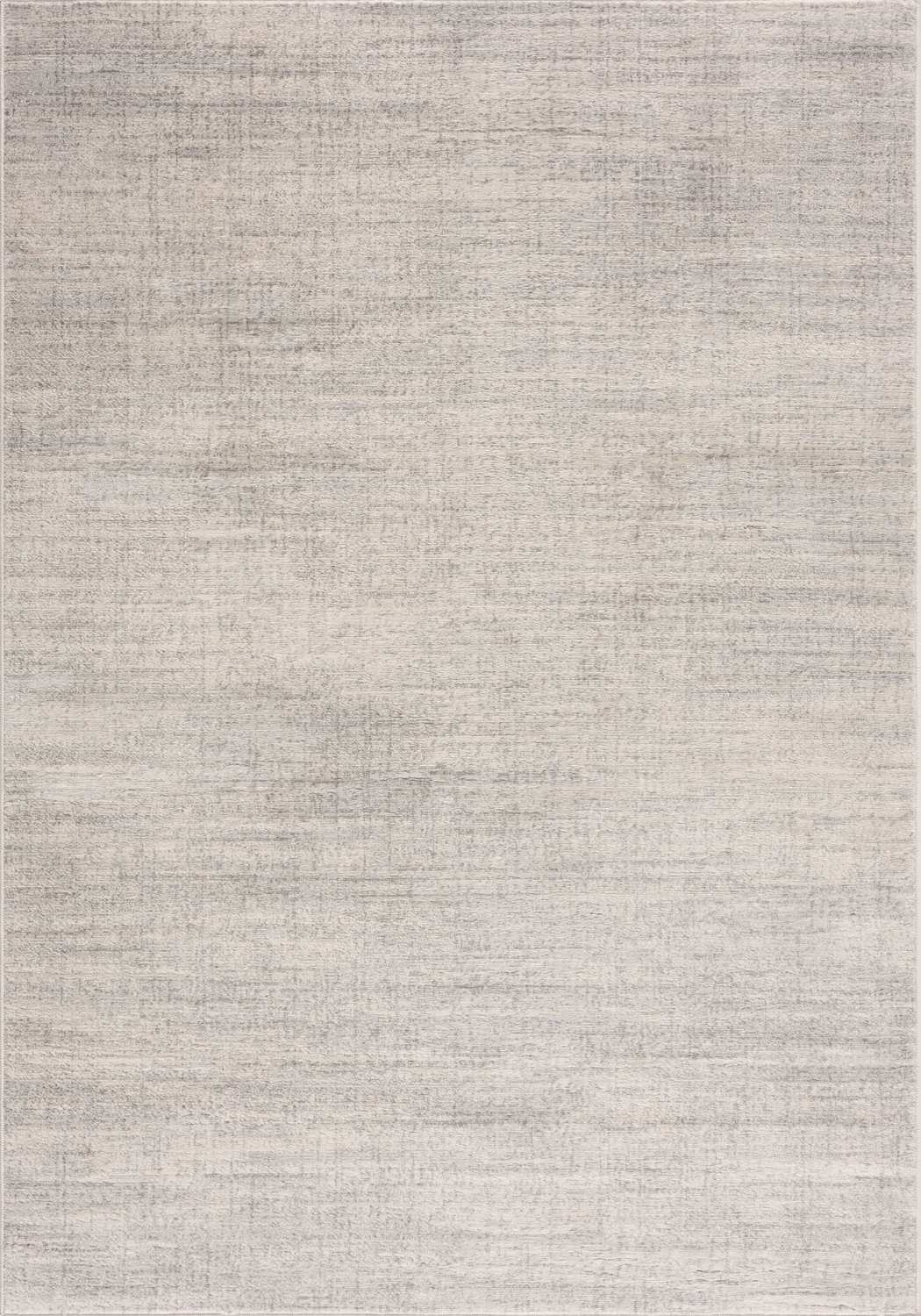
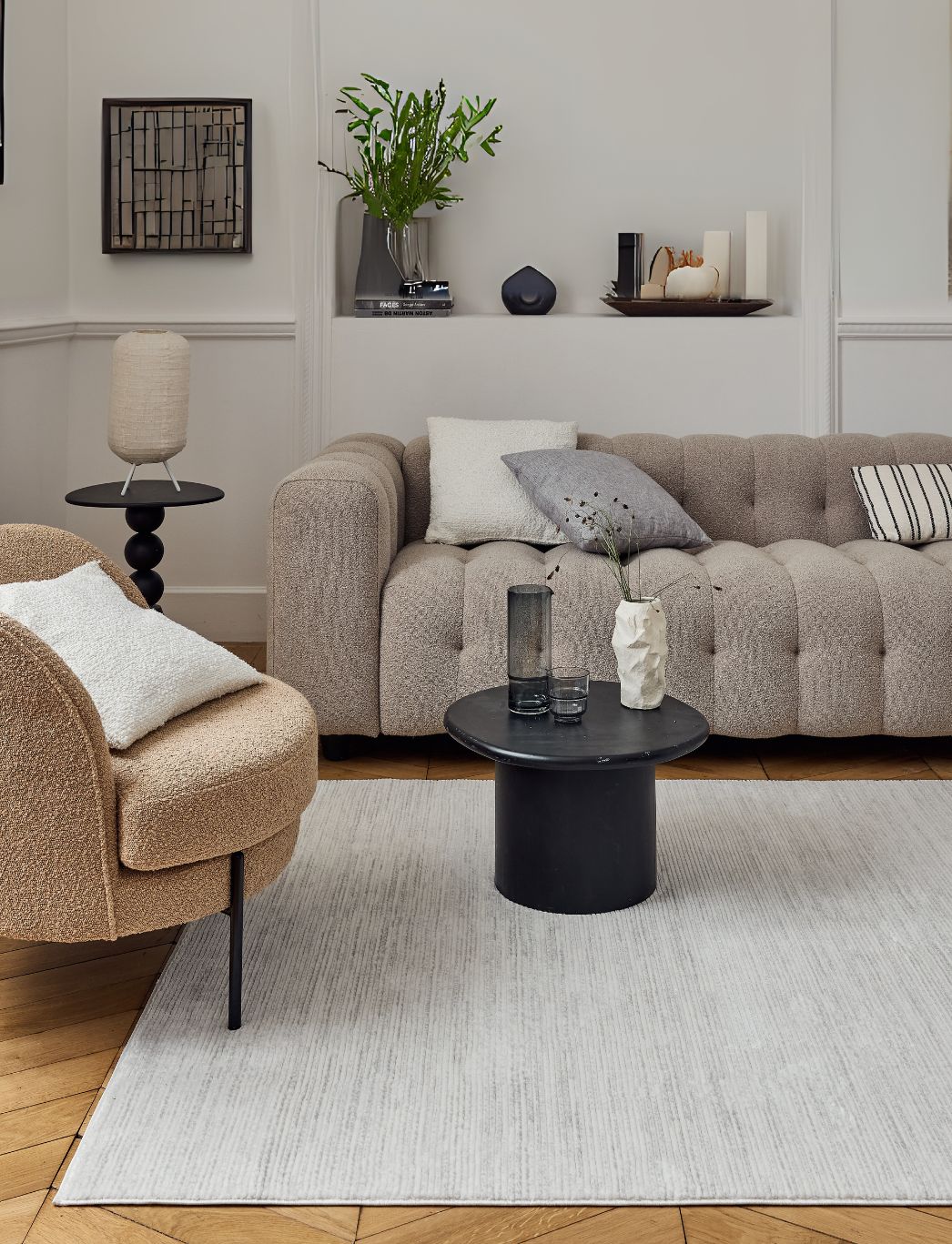
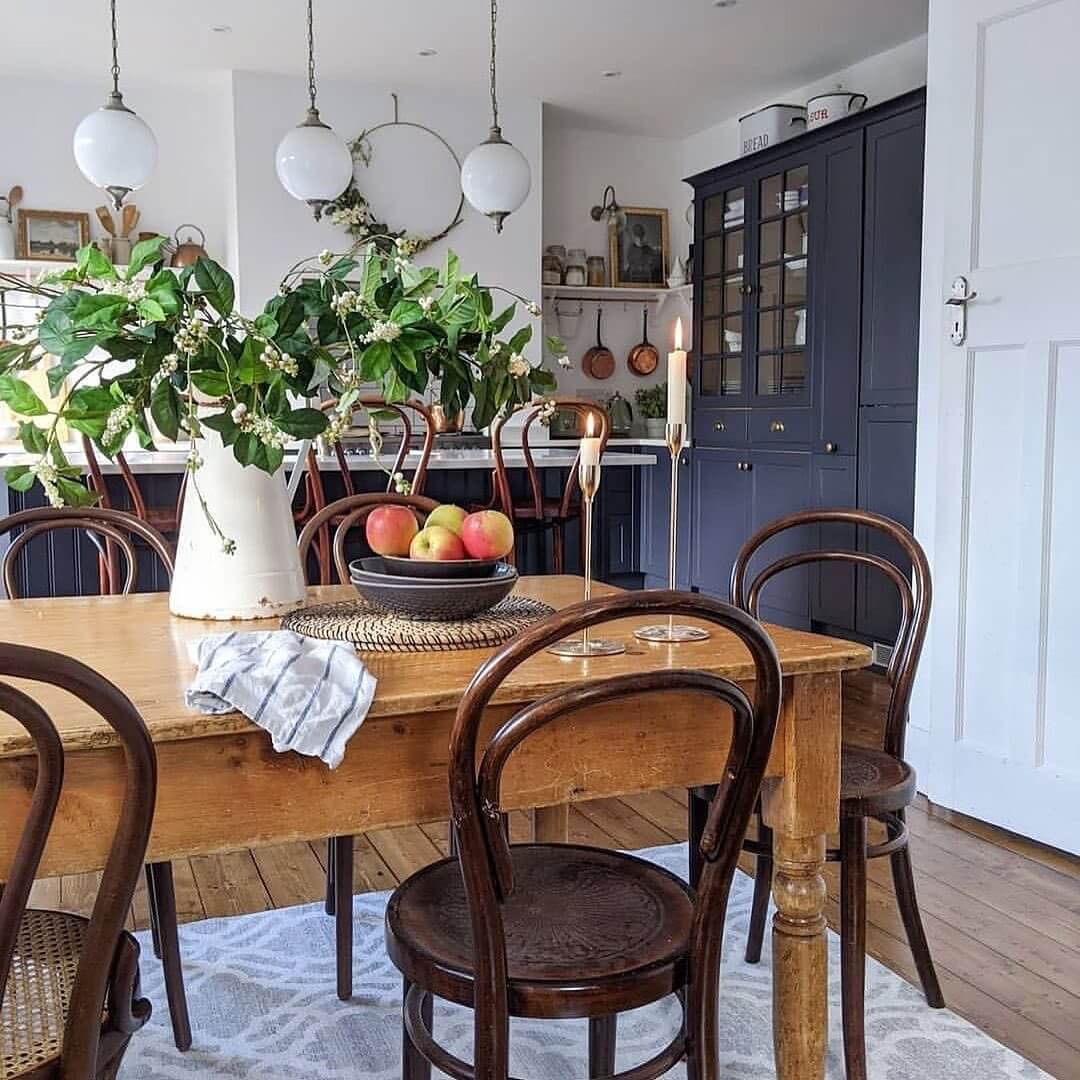
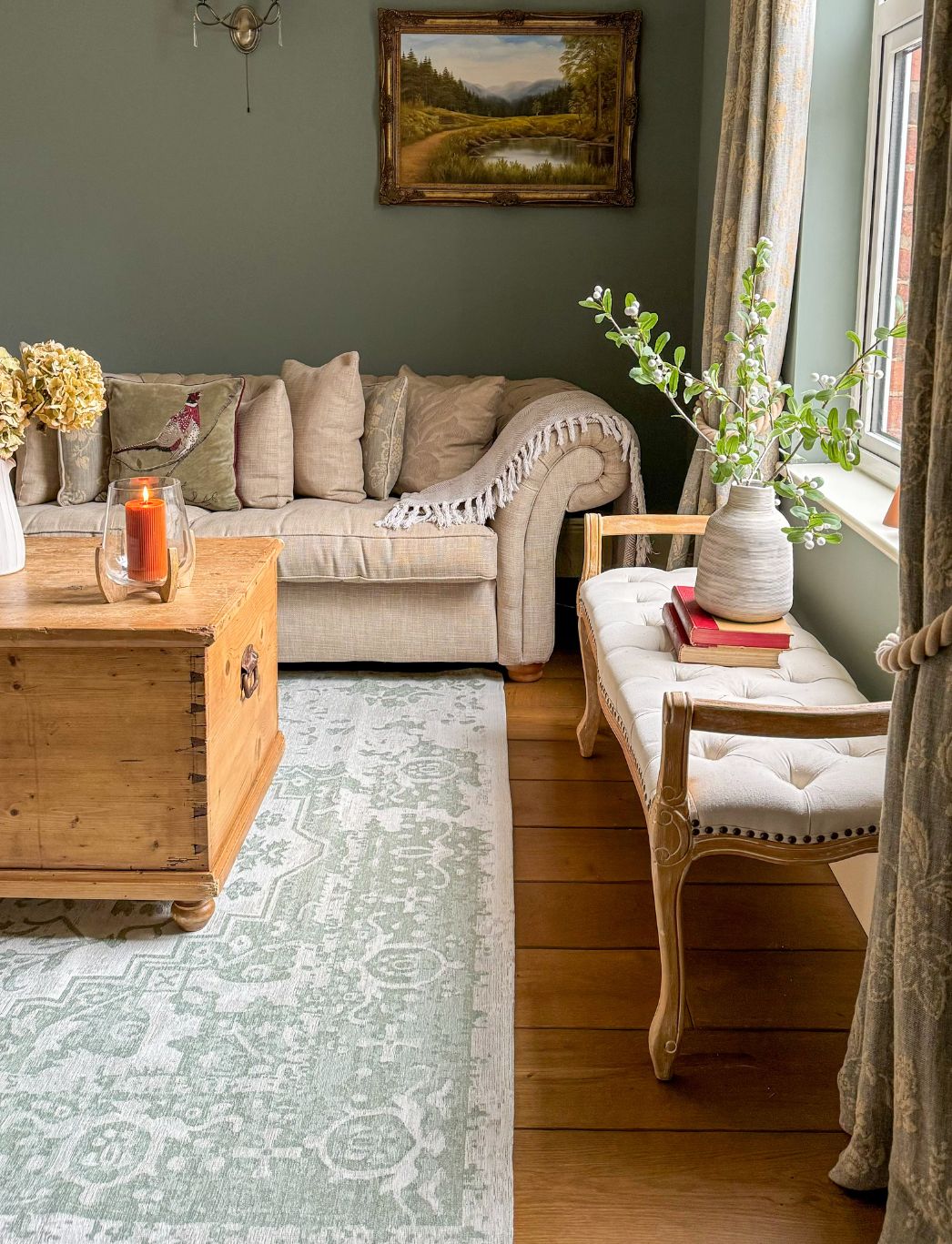
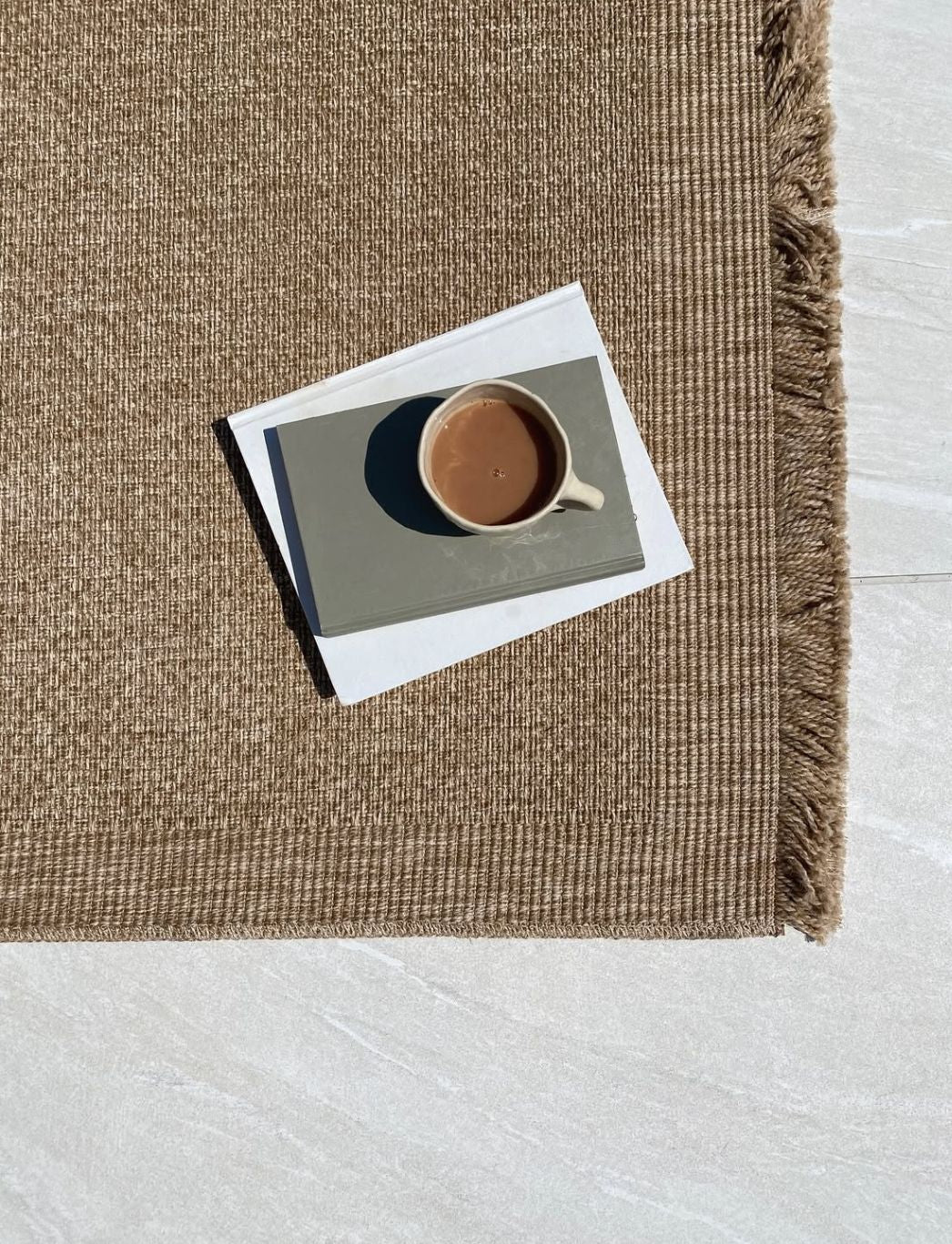
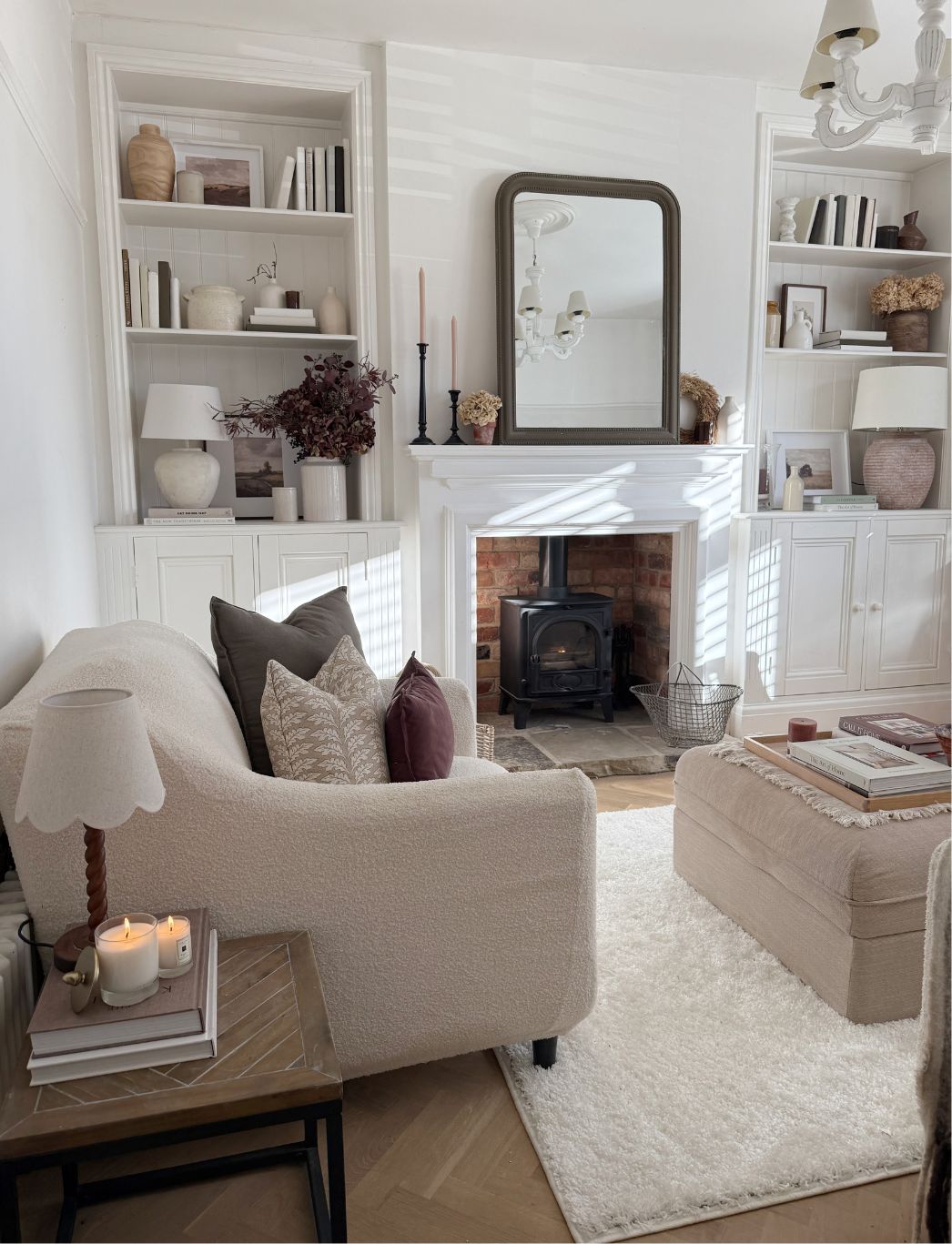
Leave a comment